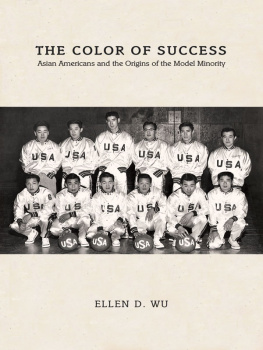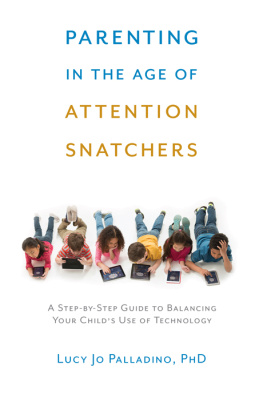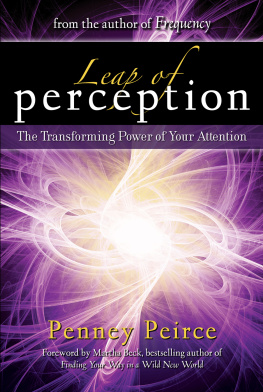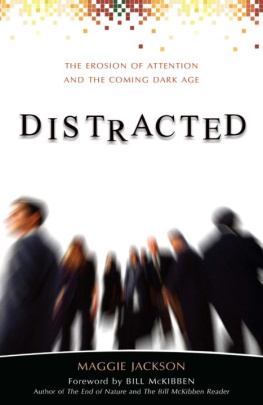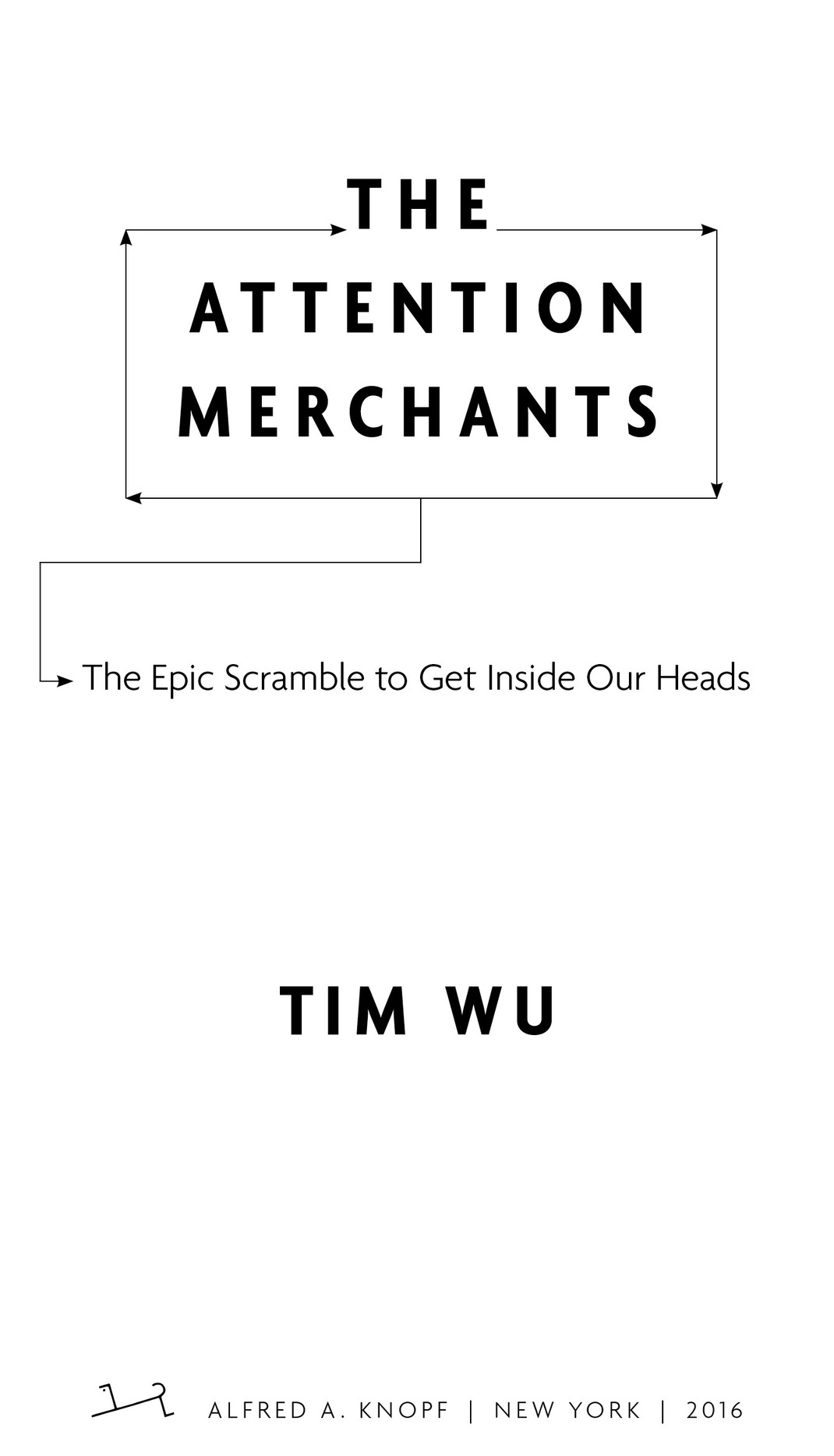THIS IS A BORZOI BOOK PUBLISHED BY ALFRED A. KNOPF
All rights reserved. Published in the United States by Alfred A. Knopf, a division of Penguin Random House LLC, New York, and distributed in Canada by Random House of Canada, a division of Penguin Random House Limited, Toronto.
Knopf, Borzoi Books, and the colophon are registered trademarks of Penguin Random House LLC.
Names: Wu, Tim, author.
Title: The attention merchants : the epic scramble to get inside our heads / Tim Wu.
Description: First edition. | New York : Knopf, 2016.
Identifiers: LCCN 2016010140 | ISBN 9780385352017 (hardback) | ISBN 9780385352024 (ebook)
Subjects: LCSH : AdvertisingSocial aspectsHistory. | AdvertisingPsychological aspectsHistory. | MarketingHistory. | Consumer behaviorHistory. | BISAC: BUSINESS & ECONOMICS / Industries / Media & Communications Industries. | HISTORY / Social History. | SOCIAL SCIENCE / Popular Culture.
Classification: LCC HF 5811 . W 82 2016 | DDC 659.1/042dc23 LC record available at https://lccn.loc.gov/2016010140
INTRODUCTION
HERES THE DEAL
I n 2011, the Twin Rivers school district in central California faced a tough situation. The district, never wealthy, was hit hard by the housing crisis of the early 2000s and the state governments own financial meltdown. By the 2010s, schools were cutting not only extracurricular activities but even some of the basics, like heat. One day in winter, a student posted a picture of a classroom thermostat reading 44 degrees Fahrenheit.
Such were the circumstances when the Twin Rivers board was approached by a company named Education Funding Partners. EFP offered a tantalizing new way to help solve the districts financial problems, using what it called the power of business to transform public education. Acting as broker, the firm promised that it could bring the district as much as $500,000 in private money per year. And, EFP stressed, its services would cost nothing. EFP is paid solely out of corporate contributions, the pitch explained, essentially providing a free service to districts.
To gain this free bounty, the board didnt actually have to do anything. It needed only to understand something: that the schools were already holding an asset more lucrative than any bake sale. That asset, simply stated, was their students, who by the very nature of compulsory education were a captive audience. If the schools could seize their attention for the purpose of educating them, why not sell off a bit of it for the sake of improving the educational experience? Specifically, EFP was proposing that Twin Rivers allow corporate advertising within the schools. Moreover, EFP explained, it would bundle students from Twin Rivers with those in other school districts around the nation so as to appeal to bigger brandsthe Fortune 500 companieswith deeper pockets.
If EFP was promising the district free money, its pitch to corporate advertisers was no less seductive: Open the schoolhouse doors, it said, promising authentic access and deep engagement with audiences in the school environment. Advertisers have long coveted direct access to the young, who are impressionable and easier to influence. Establishing a warm association with Coca-Cola or McDonalds at an early age can yield payoffs that last a lifetimeor, in the lingo, drive purchase decisions and build brand awareness. That in essence is what EFP offered its clients: an unparalleled system for engagement in the K12 marketa chance to mold the consumers of the future.
Twin Rivers soon began to see the light. We need to be innovative about the assets we have and learn how to bring in more revenue, said a spokeswoman. In other parts of the country, the prospect of opening schools to commercial advertising had prompted public debate. Not so in Twin Rivers, where the administrators seemed to regard signing the deal, which they did in 2012, as a matter of duty. In these challenging economic times, said the chief business officer, our students are counting on us to find ways to make our resources stretch further than ever before. EFP, for its part, promised all messaging would be responsible and educational. With that, the school doors were thrown open.
Twin Rivers is only one of the many school districts in the United Statesmostly in poor or middle-class areasthat have begun to rely on selling access to their students as an essential revenue source. Some schools plaster ads across student lockers and hallway floors. One board in Florida cut a deal to put the McDonalds logo on its report cards (good grades qualified you for a free Happy Meal). In recent years, many have installed large screens in their hallways that pair school announcements with commercials. Take your school to the digital age is the motto of one screen provider: everyone benefits.
What is perhaps most shocking about the introduction of advertising into public schools is just how uncontroversial and indeed logical it has seemed to those involved. The deals are seen as a win-win, yielding money that it would be almost irresponsible to refuse. Yet things were not always this way. There was once a time when, whether by convention or technological limitation, many parts of lifehome, school, and social interaction among themwere sanctuaries, sheltered from advertising and commerce. Over the last century, however, we have come to accept a very different way of being, whereby nearly every bit of our lives is commercially exploited to the extent it can be. As adults, we are hardly ever unreachable; seldom away from a screen of some kind; rarely not being solicited or sold to. From this perspective, the school administrators are merely giving students a lesson in reality, exposing them to what is, after all, the norm for adults. But where did the norm come from? And how normal is it?
This book explains how our current state of affairs came to be. It is the consequence of the dramatic and impressive rise of an industry that barely existed a century ago: the Attention Merchants. Since its inception, the attention industry, in its many forms, has asked and gained more and more of our waking moments, albeit always, in exchange for new conveniences and diversions, creating a grand bargain that has transformed our lives. In the process, as a society and individually, we have accepted a life experience that is in all of its dimensionseconomic, political, social, any way you can think ofmediated as never before in human history. And if each bargain in isolation seems a win-win, in their grand totality they have come to exert a more ambiguous though profound influence on how we live.
Who exactly are the attention merchants? As an industry, they are relatively new. Their lineage can be traced to the nineteenth century, when in New York City the first newspapers fully dependent on advertising were created; and Paris, where a dazzling new kind of commercial art first seized the eyes of the person in the street. But the full potential of the business model by which attention is converted into revenue would not be fully understood until the early twentieth century, when the power of mass attention was discovered not by any commercial entity but by British war propagandists. The disastrous consequences of propaganda in two world wars would taint the subsequent use of such methods by government, at least in the West. Industry, however, took note of what captive attention could accomplish, and since that time has treated it as a precious resource, paying ever larger premiums for it.


